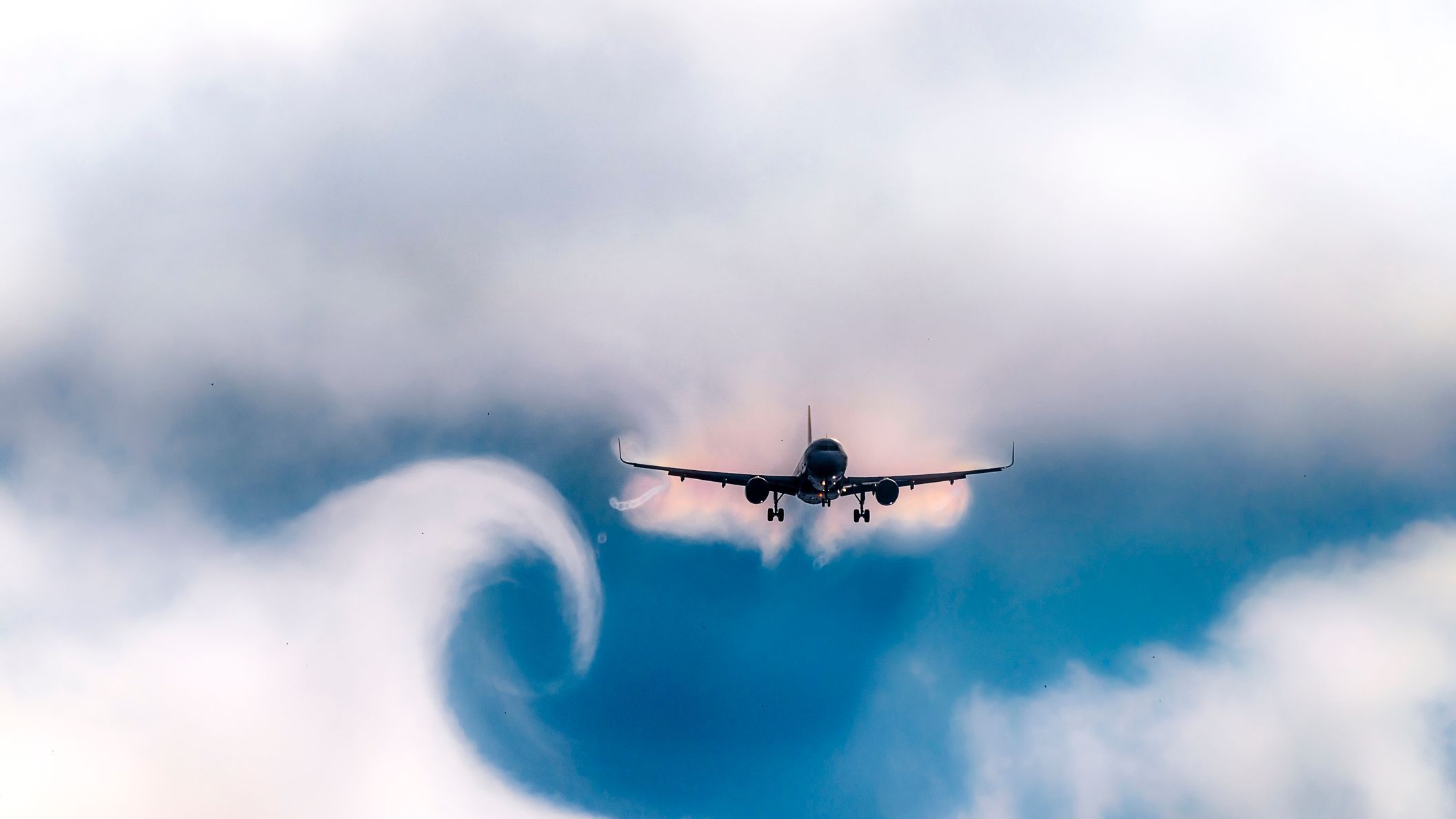
Ever wondered what causes turbulence? Turbulence can feel like a roller coaster ride in the sky, but it's a natural part of flying. Caused by irregular air movement, it happens when different air masses meet or when the plane flies near mountains, storms, or jet streams. Pilots are trained to handle it, and modern planes are built to withstand even the roughest patches. While it might be unsettling, turbulence rarely poses any real danger. Understanding what causes turbulence can help ease your mind next time your flight gets a bit bumpy. Let's dive into 29 fascinating facts about turbulence!
What is Turbulence?
Turbulence is a common phenomenon experienced during flights. It can be unsettling for passengers, but understanding it better can help ease those fears. Here are some intriguing facts about turbulence.
-
Turbulence is Air Movement: Turbulence occurs when there are irregular movements of air, causing the plane to move unpredictably.
-
Caused by Various Factors: It can be caused by weather patterns, jet streams, mountains, or even other aircraft.
-
Not Dangerous: Despite being uncomfortable, turbulence is rarely dangerous. Modern aircraft are designed to withstand even severe turbulence.
-
Pilots are Trained: Pilots undergo extensive training to handle turbulence and ensure passenger safety.
-
Common at High Altitudes: Turbulence is more common at higher altitudes where jet streams are stronger.
Types of Turbulence
There are different types of turbulence, each with its own characteristics. Knowing these can help you understand what’s happening during a bumpy flight.
-
Clear Air Turbulence (CAT): This type occurs in clear skies and is difficult to predict. It’s often found near jet streams.
-
Thermal Turbulence: Caused by warm air rising and cool air descending, often experienced during sunny days.
-
Mechanical Turbulence: Occurs when obstacles like mountains or buildings disrupt the airflow.
-
Wake Turbulence: Created by the aircraft itself, particularly by the wingtips. It can affect other planes flying nearby.
-
Mountain Wave Turbulence: Happens when strong winds blow over mountains, creating waves in the atmosphere.
How Pilots Handle Turbulence
Pilots have several strategies to manage turbulence and keep flights as smooth as possible.
-
Weather Radar: Pilots use weather radar to detect and avoid turbulent areas.
-
Flight Path Adjustments: They can change altitude or route to find smoother air.
-
Communication: Pilots communicate with air traffic control and other pilots to share information about turbulence.
-
Seatbelt Sign: The seatbelt sign is turned on to ensure passengers are safely seated during turbulence.
-
Pre-Flight Planning: Pilots review weather reports and plan routes to minimize turbulence.
Effects on Passengers
Turbulence can affect passengers in different ways. Understanding these effects can help you prepare for your next flight.
-
Motion Sickness: Some passengers may experience motion sickness during turbulence.
-
Anxiety: Turbulence can cause anxiety, especially for nervous flyers.
-
Spilled Drinks: Turbulence can cause drinks and food to spill, so it’s best to keep items secure.
-
Injuries: Rarely, severe turbulence can cause injuries if passengers are not seated with seatbelts fastened.
-
Sleep Disruption: Turbulence can disrupt sleep, making it harder to rest during long flights.
Interesting Facts
Here are some lesser-known facts about turbulence that might surprise you.
-
Turbulence is Increasing: Climate change is causing an increase in turbulence, particularly clear air turbulence.
-
Most Common in Summer: Turbulence is more frequent in summer due to increased thermal activity.
-
Short Flights Experience Less: Shorter flights generally experience less turbulence than long-haul flights.
-
Not Just in Airplanes: Turbulence can also occur in other forms of transportation, like boats and cars.
-
Predictive Technology: New technology is being developed to better predict and avoid turbulence.
Myths About Turbulence
There are many myths about turbulence that can cause unnecessary fear. Let’s debunk some of them.
-
Myth: Turbulence Can Cause a Plane to Crash: Modern aircraft are built to handle turbulence, and it’s extremely unlikely to cause a crash.
-
Myth: Pilots Can’t Predict Turbulence: While not always predictable, pilots have tools and experience to anticipate and manage turbulence.
-
Myth: Turbulence is a Sign of Poor Weather: Turbulence can occur in clear skies, not just during bad weather.
-
Myth: Bigger Planes Don’t Experience Turbulence: All planes, regardless of size, can experience turbulence.
Final Thoughts on Turbulence
Turbulence might seem scary, but it's a normal part of flying. Pilots are trained to handle it, and planes are built to withstand it. Knowing some facts can ease your mind. For instance, turbulence is usually caused by weather, mountains, or jet streams. It rarely causes accidents. Most injuries happen because people aren't wearing seatbelts. So, buckle up when the seatbelt sign is on. Also, turbulence can happen at any altitude, but it's more common at higher levels. Remember, pilots often know about turbulence ahead of time and can change course to avoid the worst of it. Next time you feel the plane shake, just think of it as a bumpy road in the sky. Safe travels!
Was this page helpful?
Our commitment to delivering trustworthy and engaging content is at the heart of what we do. Each fact on our site is contributed by real users like you, bringing a wealth of diverse insights and information. To ensure the highest standards of accuracy and reliability, our dedicated editors meticulously review each submission. This process guarantees that the facts we share are not only fascinating but also credible. Trust in our commitment to quality and authenticity as you explore and learn with us.
